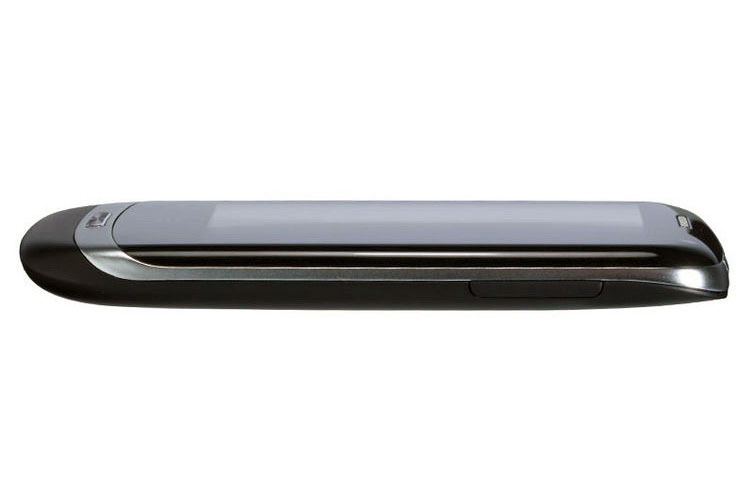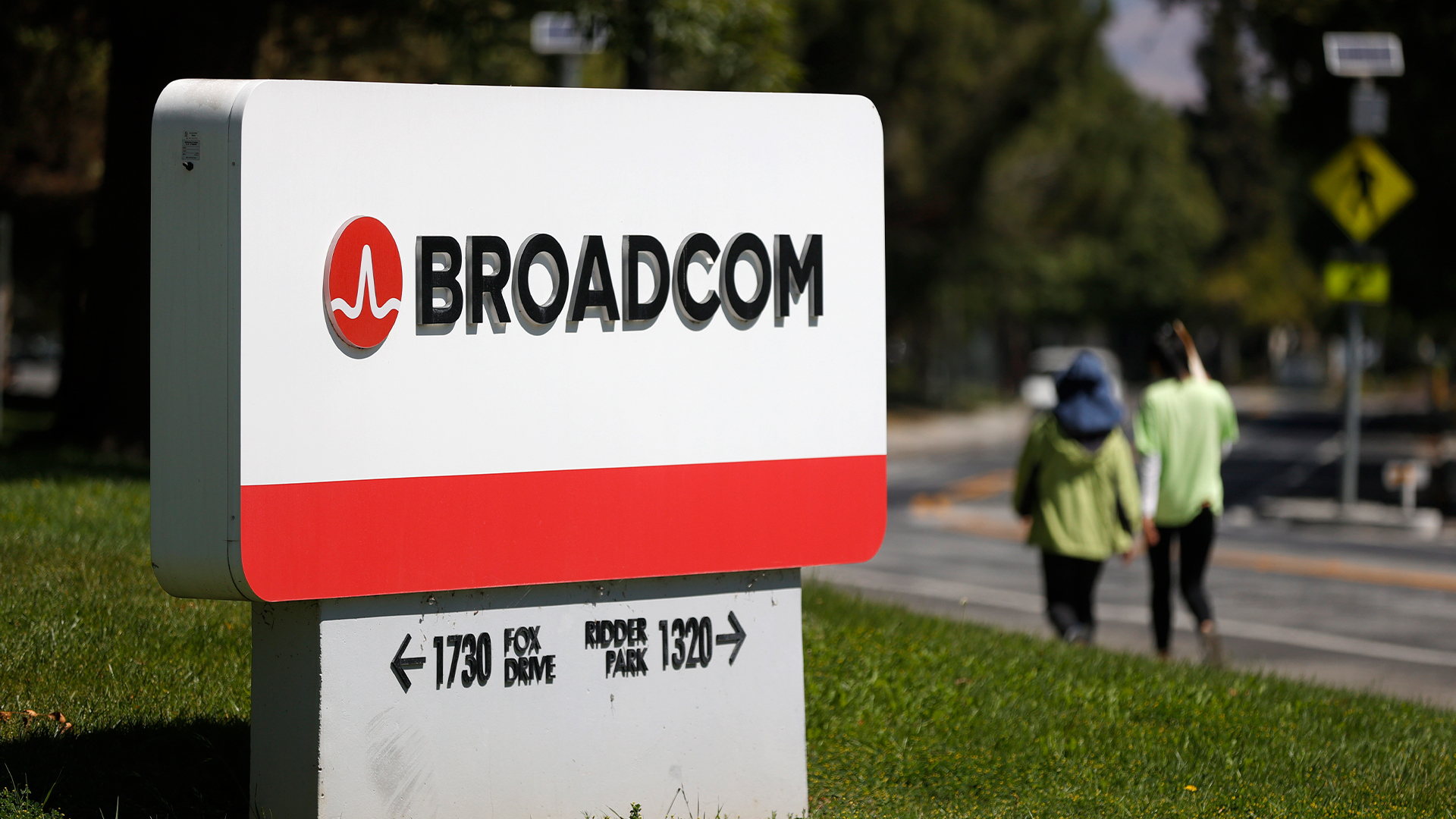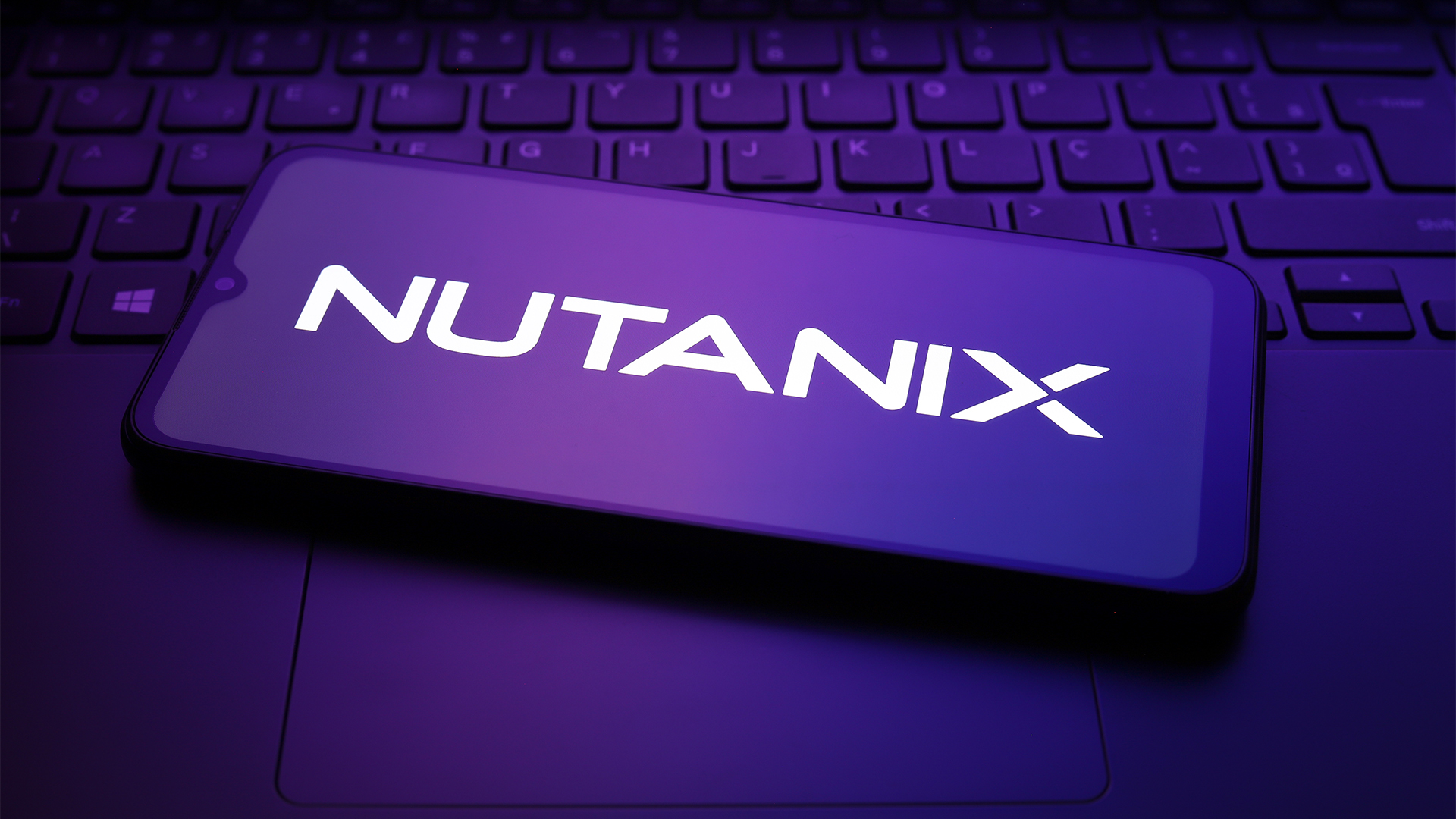Huawei U8510 IDEOS X3 Blaze review
Another remarkably inexpensive smartphone from a manufacturer keen to make its name in the Android market, but is the Huawei Blaze as cheerful as it is cheap? Julian Prokaza goes hands-on to find out.
The U8510 Blaze is remarkably cheap, but it’s also surprisingly cheerful and Huawei has done a good job of delivering a relatively capable Android smartphone for very little money. It’s probably only suited as a main smartphone for undemanding users, but the very low price still makes it ideal for a host of other purposes.
The comparatively small screen has a correspondingly low resolution, but we have no complaints about its quality it's bright and the small pixels keep things crisp, and is generally responsive beneath a fingertip (though more on this later). The screen is also dramatically better than the 320 x 240 one on the similarly specified (but considerably more expensive) Samsung Galaxy Pro.

Huawei has also done a much better job than Samsung at cramming the Android UI into so few pixels, and the five Home screens remain clear and navigable, even when filled with app icons and widgets. Web pages don't suffer unduly either, since the Android Gingerbread browser does a good job of reformatting magnified columns of text to fit the screen width and, unlike the Samsung Galaxy Pro, the multi-touch display supports the usual double-tap and pinch zoom gestures.
The only real screen size-related grumble is that since the display is only 45mm wide, the Android on-screen Qwerty keyboard can be a little fiddly to use, but there is an option to switch to a taller version with larger keys. Otherwise, the Blaze can be used in landscape orientation to give a more comfortably sized keyboard for typing longer chunks of text and, of course, other third-party Android keyboards can always be installed.
As hinted at earlier, the Blaze's 600MHz ARM11 processor isn't always able to keep the Android UI moving fluidly beneath a fingertip, but it doesn't seem particularly slow otherwise. The chip isn't powerful enough to run Flash, but it has no difficulty in playing YouTube videos smoothly.
To put the Blaze's performance into context, it scored 839 in the Quadrant Standard synthetic benchmark and 11,391ms in the SunSpider JavaScript benchmark our current Android smartphone of choice, the Samsung Galaxy S II, scored 2977 and 3423.3ms, respectively.
Sadly, the puny processor doesn't result in remarkable battery life and the Blaze only lasted for six and a half hours in our video playback test (screen brightness set to 50%, all wireless off), while Huawei reckons the 1200mAh battery is good for four hours of talking and 300 hours of sitting in standby mode.
Sign up today and you will receive a free copy of our Future Focus 2025 report - the leading guidance on AI, cybersecurity and other IT challenges as per 700+ senior executives
-
 CISPE claims European Commission gave Broadcom a ‘blank cheque to raise prices, lock-in, and squeeze customers’ with VMware deal
CISPE claims European Commission gave Broadcom a ‘blank cheque to raise prices, lock-in, and squeeze customers’ with VMware dealNews Cloud providers have issued a formal response to the General Court of the European Union after the Commission defended its approval of the deal
By Emma Woollacott Published
-
 Nutanix wants to help customers shore up cloud sovereignty
Nutanix wants to help customers shore up cloud sovereigntyNews New automation tools and infrastructure management capabilities look to tackle single-vendor dependency and shore up sovereignty requirements
By Ross Kelly Published
-
 The NCSC touts honeypots and ‘cyber deception’ tactics as the key to combating hackers — but they could ‘lead to a false sense of security’
The NCSC touts honeypots and ‘cyber deception’ tactics as the key to combating hackers — but they could ‘lead to a false sense of security’News Trials to test the real-world effectiveness of cyber deception solutions have produced positive results so far
By Emma Woollacott Published